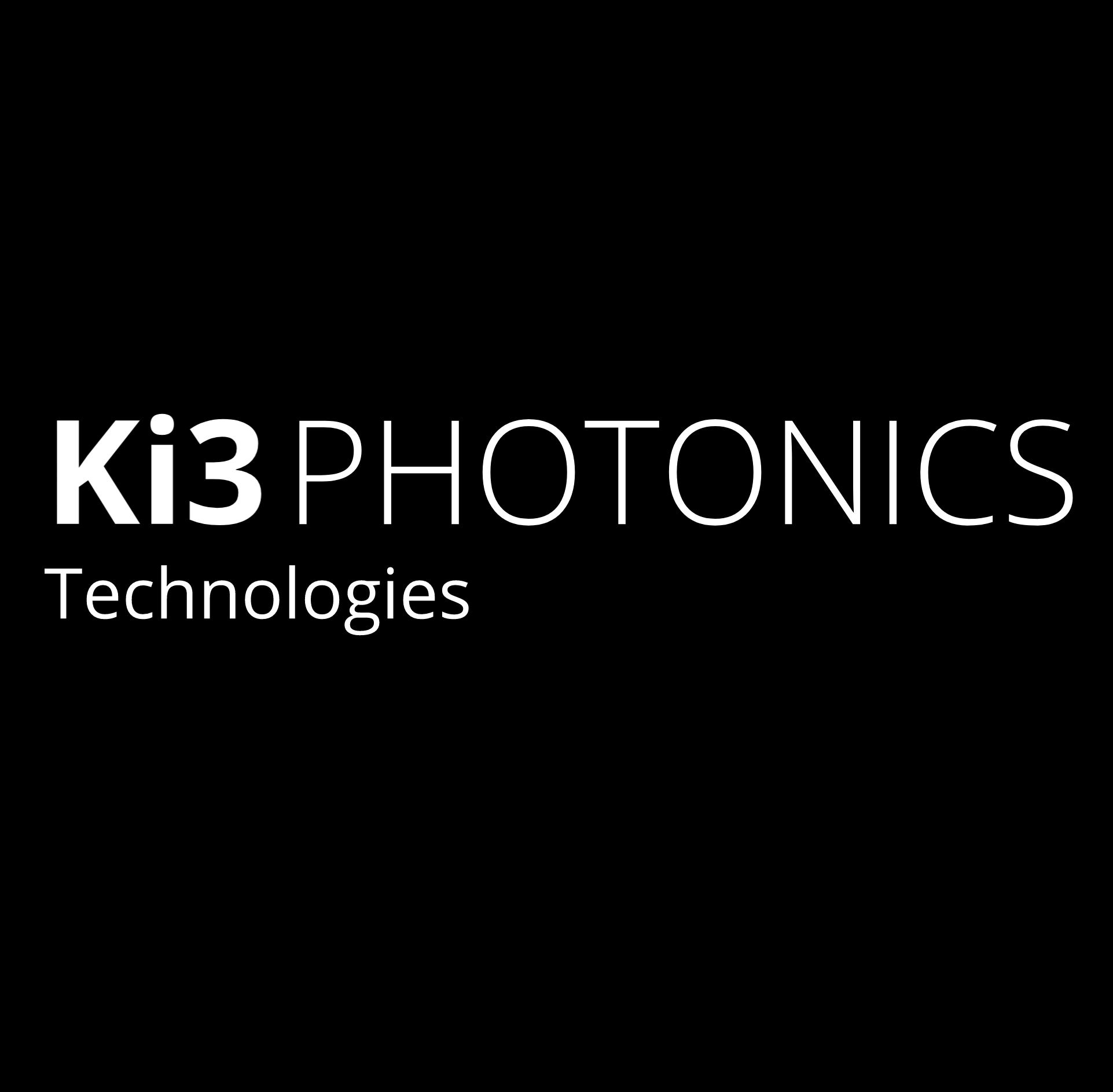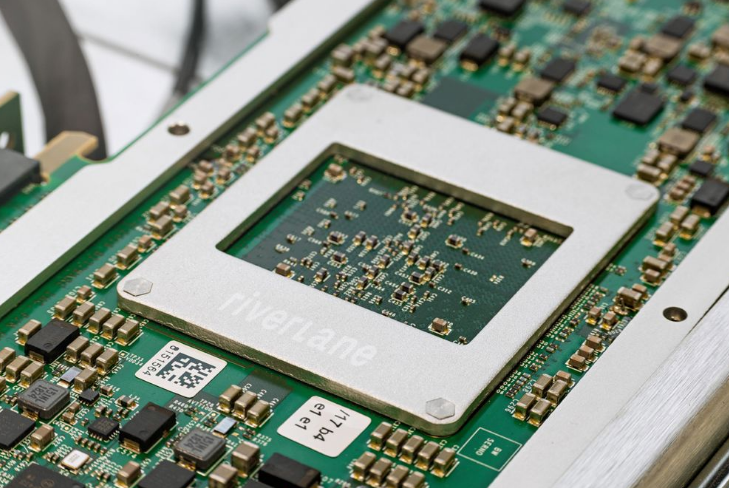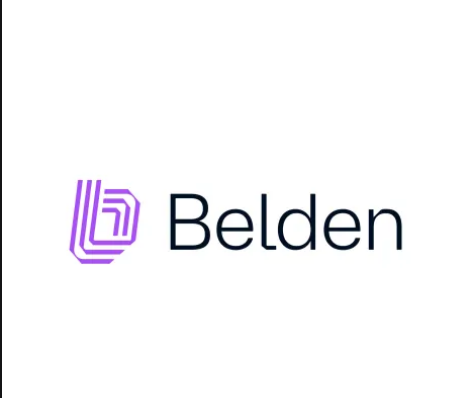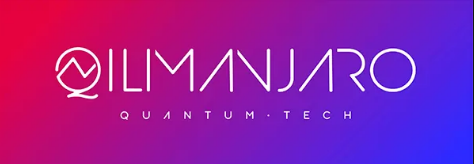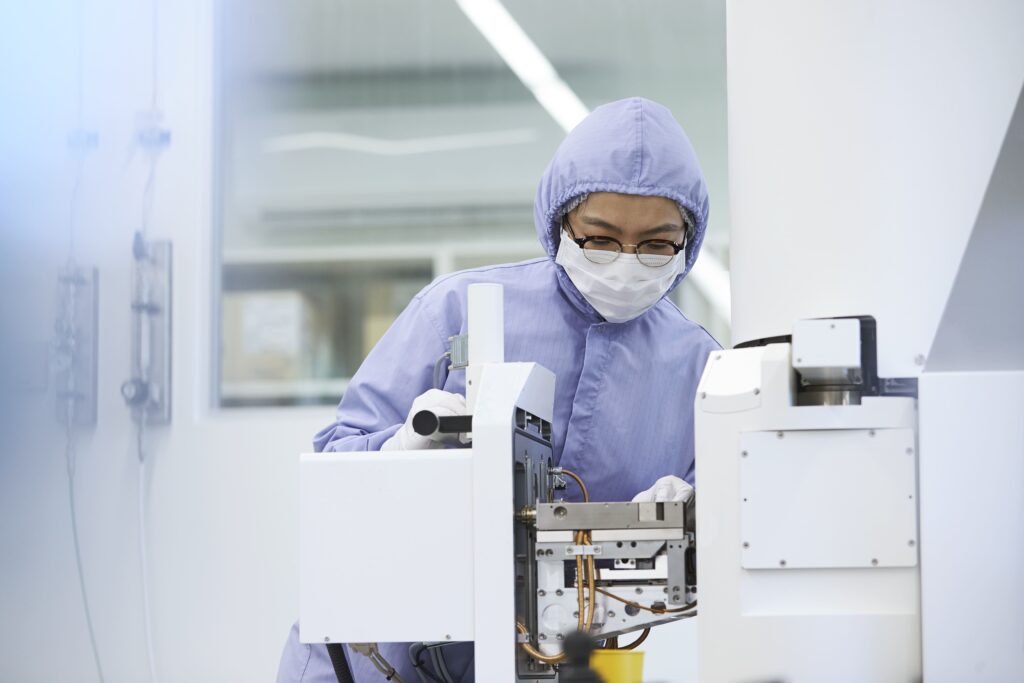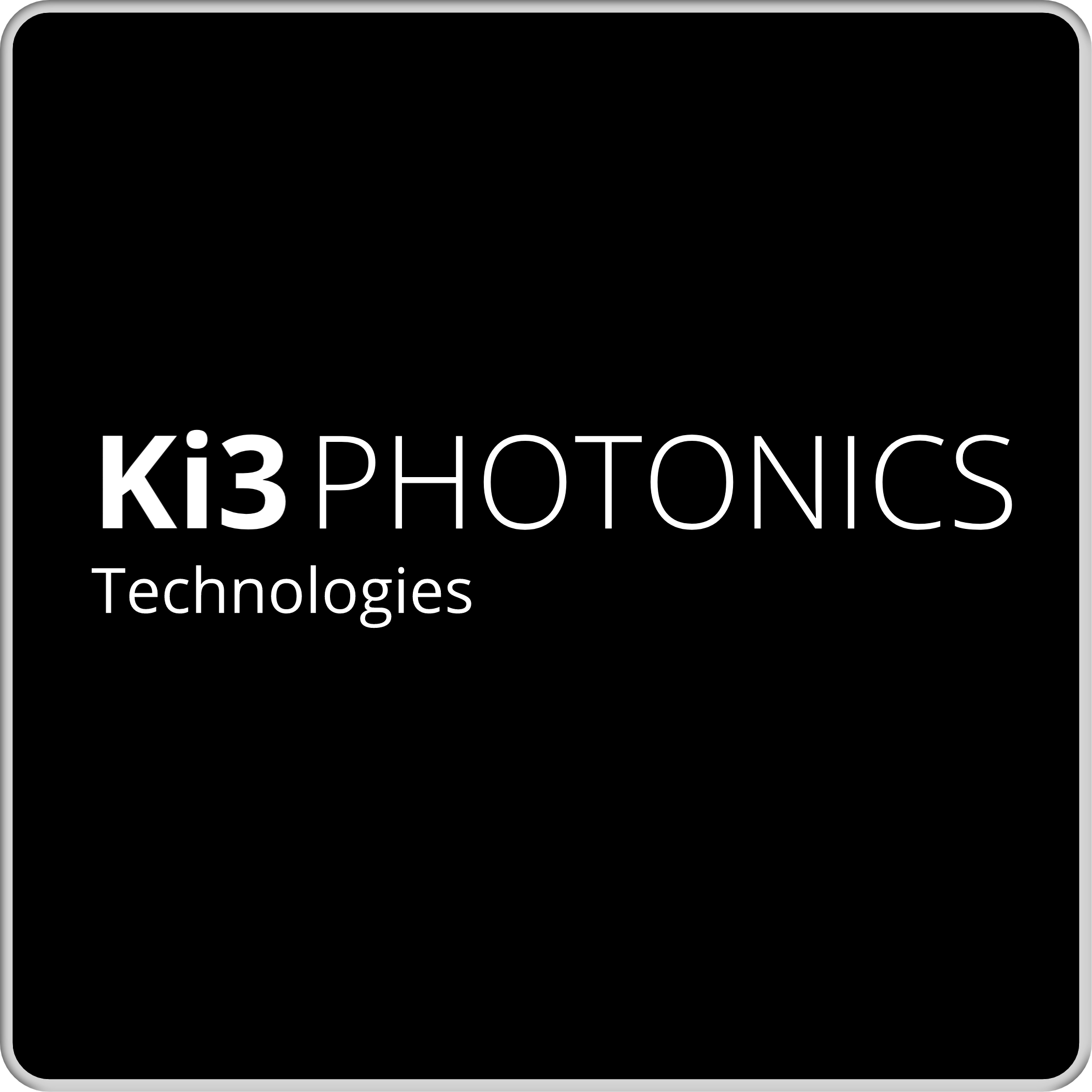
It’s an old business truism that you don’t make money in a gold rush by mining, you make money by selling picks and shovels to the gold miners.
If there is a quantum technologies gold rush, Ki3 Photonics is in an ideal position to sell needed equipment to firms that are developing quantum devices in this quantum rush. But this company isn’t peddling picks and shovels. Ki3 Photonics has devised a stabilization system for fiber-based interferometers. Interferometers are needed to prepare and analyze “time-bin” encoded qubits that are at the center of applications ranging from quantum state preparation to quantum communications and information processing, according to Yoann Jestin, the company’s co-founder and CEO.

“In this sense, such interferometers need to be actively stabilized,” said Dr. Jestin. “What Ki3 Photonics proposes is a unique, compact photonic system that offers long-term stabilization of interferometric phase in a very precise way, over the full range of necessary values. It thus allows to counteract the constant drifting of the interferometer phase, caused by vibrations and temperature fluctuations of the environment.”
He added that because the company’s system can be used in unstable and harsh environments, the equipment could find its way into sensing and defense applications or even be included in mobile quantum units, to name a few industries.
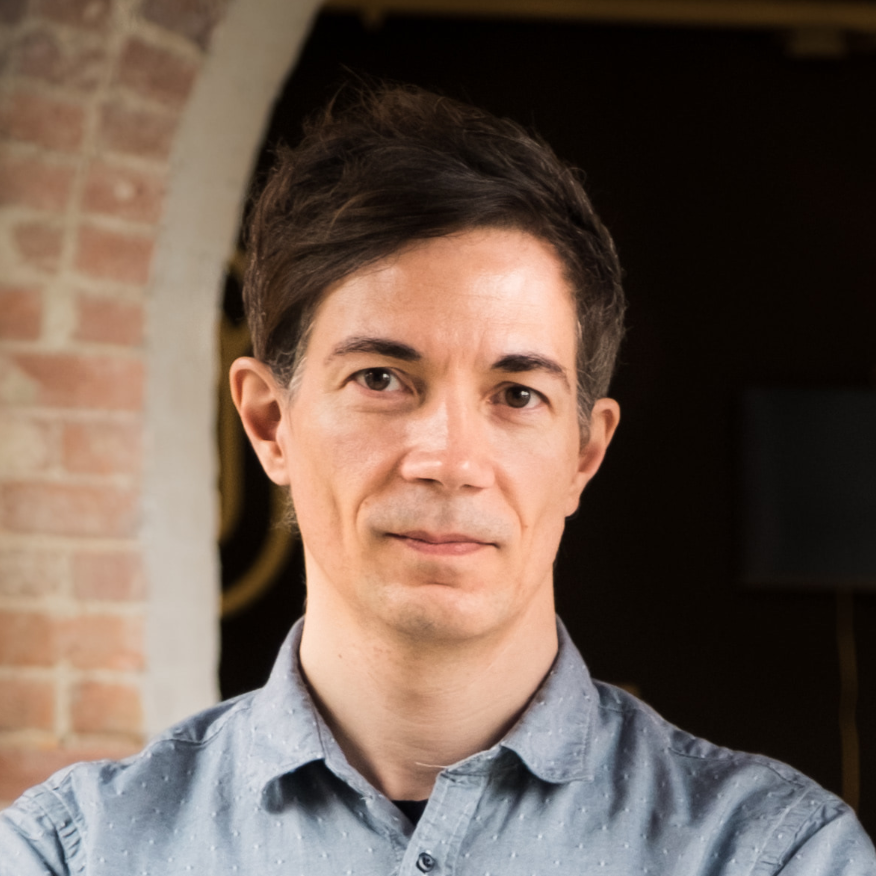
Most experts believe that quantum communication is particularly apt for financial institutions that want an ultra-secure transfer of highly sensitive information and transaction data.
“Our systems are specifically designed to be fiber-telecom-compatible,” noted Dr. Jestin. “Indeed, replacing or adapting existing telecommunications infrastructure can be prohibitively expensive. Having fiber-telecom-compatible instruments for the development of quantum communications networks will be an advantage and will certainly facilitate its widespread adoption by the industry.”
Dr. Jestin, who has a background in solid state chemistry and a doctorate in material science with a focus on optical fibers, also sees telecommunications companies as initial customers of the technology, as well as companies that are creating photonics-based quantum computers.
“Computing will quickly need adapted tools, like the ones provided by Ki3 Photonics, to be integrated into their systems, in order to meet the requirements of stability and compactness of future photonic quantum information processing,” he added. In this sense, Ki3 Photonics is now developing a new prototype that comprises a compact and energy-efficient source of quantum-entangled photon pairs, that could, together with their interferometer, be integrated in quantum computing and secure quantum communications systems.
The startup is intentionally settling into its niche, said Dr. Jestin.
“We quickly realized that while many startups and large companies were focusing, for example, on building the new quantum computer or developing new quantum key distribution systems, there was a lack of adapted instruments and systems like compact and versatile sources of non-classical photons and interferometers, to be employed for such applications,” said Dr. Jestin. “So, in this sense, we position ourselves as one of the first OEM for optical quantum technologies targeting the generation and manipulation of non-classical photons, necessary for the development and commercial success of quantum technologies.”
Ki3 Photonics has already established its initial customer base and created important partnerships. The Institut National de la Recherche Scientifique – Énergie Matériaux et Télécomunications (INRS-EMT), and in particular its nonlinear photonics research group, is an essential academic partner. OptoElectronics Components, a reseller of quantum technologies in Canada, offers the team market insights.
The Future
In the next five to ten years, as the quantum technologies industry grows into early maturity, Dr. Jestin believes that Ki3 Photonics will be evolving with it, step-by-step, thereby also addressing technological challenges in other industries.
“I firmly believe that Ki3 Photonics will be well implemented in the overall quantum market with a solid base of ‘quantum customers,’ while also remaining very active in R&D. We believe that we will be able to propose smart solutions to new technological challenges like the ones faced in e.g. medical imaging,” says Dr. Jestin. “Concerning the future of quantum computing, I think there is still a bit of time before quantum computers see commercial viability, but I believe that in the next 5 to 10 years the first practical quantum computers will be a real game changer for many industries and sectors as they will allow for unprecedented applications. Furthermore, thanks to all the research and development efforts made in this direction, it will not only be beneficial for quantum computing but also for e.g. quantum sensing, quantum biophotonics, quantum materials.”
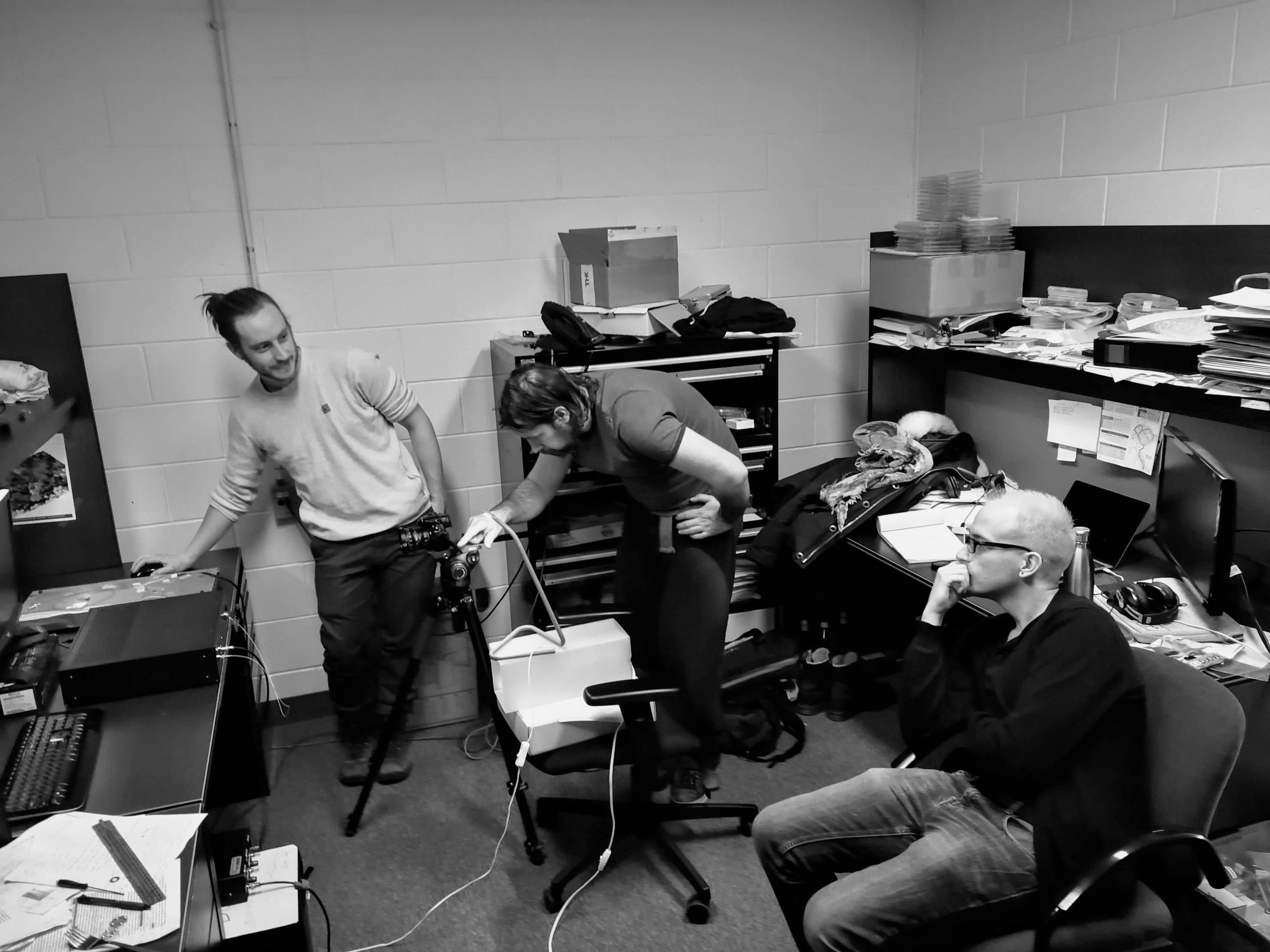
Challenges and Opportunities
Like most startups in the quantum space, Dr. Jestin recognizes that challenges do exist, just as they do in other industries. Securing funding is one challenge, but he also mentioned building networks with other partners and customers as well as developing new business skills are also traits quantum entrepreneurs will need to surmount the hurdles.
“Startups need to build their own network of people, the ones who will make the right introduction at the right moment, but also advise you on business aspects, market opportunities, etc.,” said Dr. Jestin. “I think it takes time, especially for people with a scientific background, but it is according to me essential for the success of every startup and established company.”
Dr. Jestin added that the company expects to release news on its progress soon.
Dr. Jestin is joined in his ambitious goal by a small yet dedicated team that comprises Ki3 Photonics, namely Piotr Roztocki, Holger Breitenborn, Benjamin MacLellan as well as Robin Helsten.

